International
Eastern Canada looks to clean up as storm Fiona calms
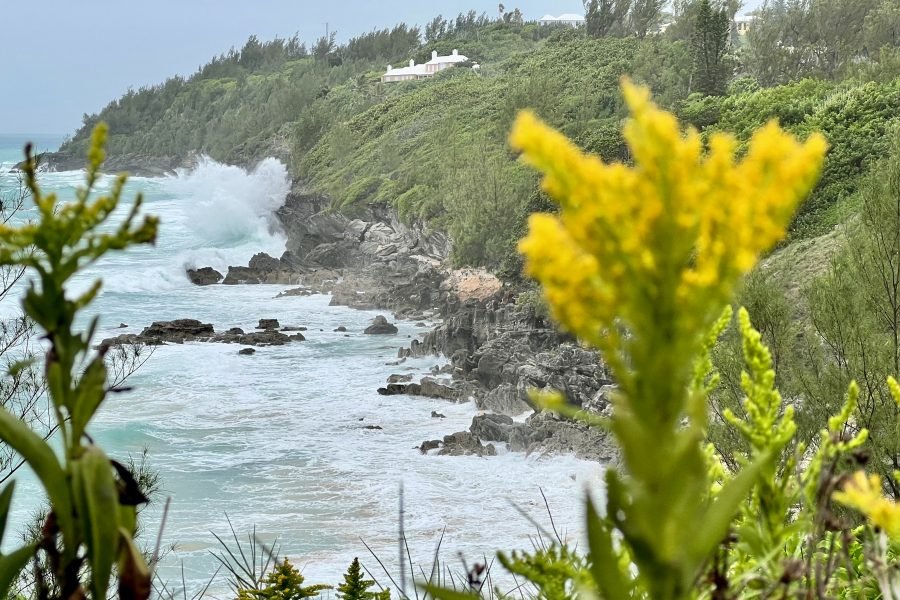
AFP | by Mathiew LEISER
Parts of eastern Canada were waking up to damage from powerful storm Fiona on Sunday, as meteorologists said the worst weather had passed.
The storm tore into Nova Scotia and Newfoundland on Saturday, cutting power to thousands and washing houses into the sea as it brought fierce winds and rains “like nothing we’ve ever seen,” police said.
Two women were swept into the ocean in Newfoundland, the Royal Canadian Mounted Police said. One was rescued, and investigators were looking into the second case.
Mayor Brian Button of Channel-Port aux Basques, on the southwestern tip of Newfoundland, said in a Facebook video Saturday night that at least 20 homes had been destroyed and the community looked like a “total warzone.”
“We’ve got destruction everywhere.”
A boil water order was in effect, Button said, encouraging residents in need to take shelter at a local elementary school.
As of late Saturday afternoon, nearly 500,000 homes were without power across the region as the storm hammered a wide area, felling countless trees and ripping roofs from buildings.
“The power lines are down everywhere,” Erica Fleck, assistant chief of Halifax Regional Fire and Emergency, told CBC. “It’s not safe to be on the roads.”
Although downgraded to a post-tropical cyclone, Fiona still packed hurricane-force winds of 80 miles (130 kilometers) per hour as it first barreled into Canada after earlier battering the Caribbean, according to meteorologists.
By early Sunday, the storm’s maximum sustained winds had slowed to 50 mph, according to the Canadian Hurricane Centre (CHC), with the government forecasting “strong winds” over northern Newfoundland, southeastern Labrador and southeastern Quebec.
“These winds will diminish later today,” the CHC said.
Nova Scotia hard hit
The storm first made landfall in Nova Scotia province around 3 am (0600 GMT), according to the CHC.
By Saturday night, 294,000 households were still without electricity in the province, Nova Scotia Power reported, though repairs had started on some lines.
The utility’s president said outages could last for days.
In New Brunswick, more than 25,000 were still without power while 82,000 customers were without electricity on Prince Edward Island.
“Trees have come down on homes, trees have come down on cars, there’s buildings that have collapsed,” Fire Chief Lloyd MacIntosh in the Nova Scotia town of North Sydney told CBC.
Police in Charlottetown, the capital of Prince Edward Island, posted images of tangles of downed power lines and roofs punctured by felled trees.
“It’s incredible,” said Charlottetown mayor Philip Brown on Radio-Canada TV. “It’s stronger than Hurricane Juan in 2003.”
Nova Scotia Premier Tim Houston said in a statement that “it will take time for Nova Scotia to recover. I just ask everyone for their patience.”
Prime Minister Justin Trudeau, who canceled his trip to Japan for former prime minister Shinzo Abe’s funeral so that he can travel to the affected regions, told Canadians that the “government is standing ready to support provinces with any necessary resources.”
“We’re thinking first and foremost of the people who’ve had a terrifying past 12 hours,” Trudeau said during a press conference Saturday, adding that the country’s military would aid in the recovery effort.
Canada had issued severe weather warnings for swaths of its eastern coast, advising people to lay in supplies for at least 72 hours.
Rainfall of up to 7.5 inches (192 millimeters) was recorded in Nova Scotia, the CHC said, with waves of up to 40 feet (12 meters) hitting Nova Scotia and western Newfoundland.
The CHC said early Sunday the storm had passed Nova Scotia and moved inland to southeastern Quebec, predicting it would continue to weaken as it tracks across southeastern Labrador and over the Labrador Sea.
Puerto Rico struggling
Fiona killed at least four people in Puerto Rico earlier this week, according to US media, while two deaths were reported in the Dominican Republic and one in the French overseas department of Guadeloupe.
President Joe Biden declared a state of emergency in Puerto Rico, a US territory that is still struggling to recover from Hurricane Maria five years ago.
The storm had skirted Bermuda on Friday. No fatalities or major damage were reported.
As the Caribbean licked its wounds, Cuba, Jamaica and Florida were bracing Sunday for the arrival of tropical storm Ian, which is expected to gain power in coming days to reach “at or near major hurricane strength,” the NHC said.
In anticipation of the storm, NASA called off the scheduled Tuesday launch of its historic uncrewed mission to the Moon, and Biden approved a state of emergency in Florida.
International
Gates Foundation to close by 2045 as Bill Gates pledges to donate $200 Billion
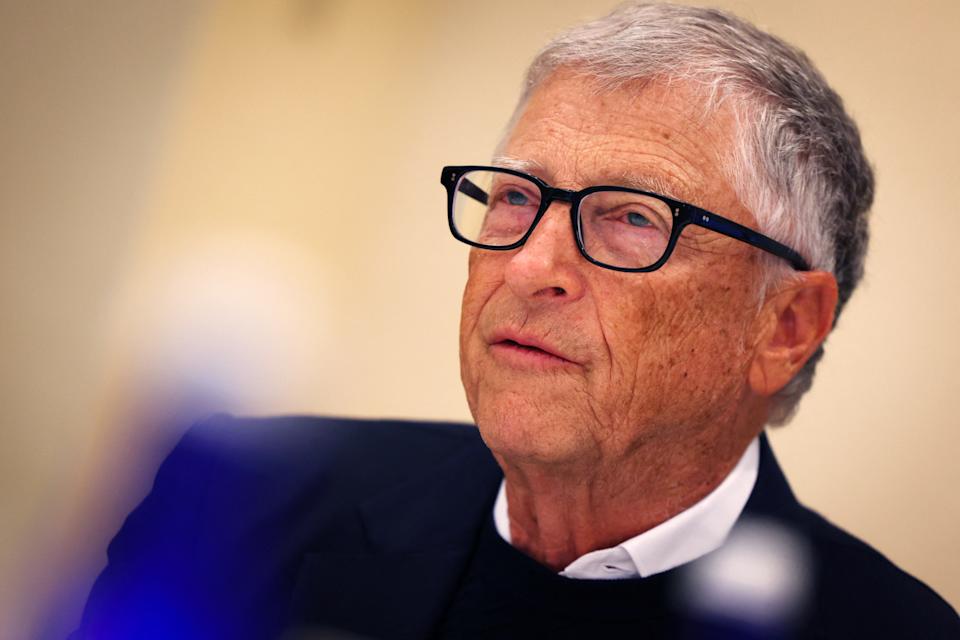
When Bill and Melinda French Gates established the Gates Foundation in 2000, they envisioned an organization that would continue its work for decades after their deaths. But now, Microsoft co-founder Bill Gates says he doesn’t want to wait that long to give away most of his fortune.
On Thursday, Gates announced that he plans to donate “virtually all” of his estimated $200 billion fortune over the next 20 years and will dissolve the foundation on December 31, 2045.
The announcement comes amid deep cuts by the Trump administration to funding for health, foreign aid, and public assistance programs — the very causes the Gates Foundation supports. The shift raises concerns about setbacks in global health research and critical development initiatives.
Gates says he wants to accelerate the foundation’s work in global health and equity, and hopes the move will inspire other billionaires to follow suit. In a blog post published Thursday morning, he emphasized that the foundation’s final phase should serve as a model for large-scale philanthropic impact.
This new pledge builds on Gates’s long-standing commitment to philanthropy. Alongside French Gates and Warren Buffett, he co-founded the Giving Pledge in 2010, which encourages billionaires to donate the majority of their wealth either during their lifetimes or in their wills. The campaign now has more than 240 signatories worldwide.
International
Bill Gates accuses Elon Musk of endangering the world’s poorest children
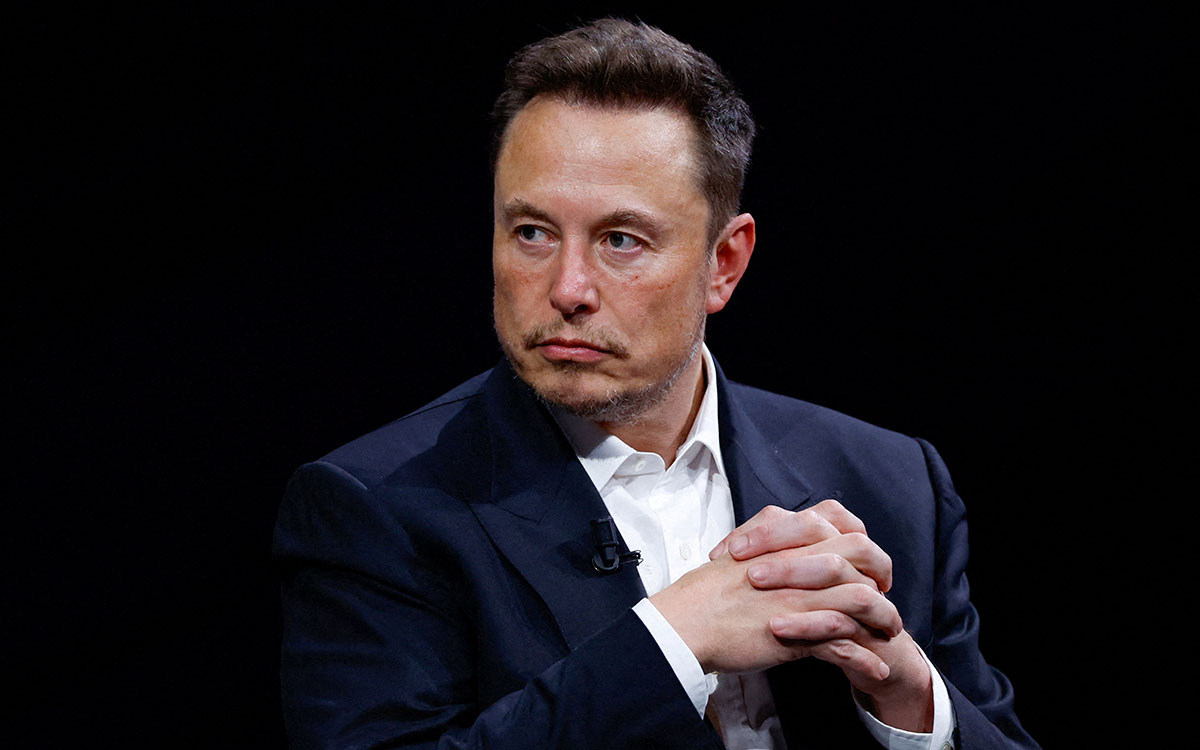
Bill Gates, co-founder of Microsoft turned global health philanthropist, sharply criticized Elon Musk in a recent interview with The New York Times, saying the tech billionaire is “the richest man in the world and is involved in the deaths of the world’s poorest children.”
At 69, Gates announced that the Bill & Melinda Gates Foundation will cease operations by 2045, and he urged the next generation of billionaires to step up. However, he expressed concern that today’s wealthy individuals are less committed to humanitarian work than they were two decades ago.
He cited Elon Musk as a prime example: “He’s the one who cut the USAID budget. He shredded it — all because he didn’t attend some party that weekend.”
Gates argued that Musk “could have been a great philanthropist,” but instead, “the richest man in the world is now contributing to the deaths of the world’s poorest children.” He pointed to how cuts to USAID have disrupted essential programs fighting HIV, malaria, and polio.
Gates called on the global elite to do more: “It’s not that we’re running out of rich people. There will be more, and they’ll reflect on what AI has done — or hasn’t — and what governments have done — or haven’t.”
Looking ahead, he urged future billionaires to commit to greater philanthropy, especially as his own foundation phases out: “The rich of today should do more. The rich twenty years from now should do more.”
Despite his criticisms, Gates maintained his trademark optimism. He dismissed fears that repeated U.S. administrations will continue cutting humanitarian budgets: “I don’t think there will be administration after administration slashing these things. If we look 20 years ahead, I believe we’ll continue reducing child mortality.”
Gates also expressed faith in artificial intelligence, suggesting it can provide medical expertise in remote regions on par with doctors with decades of experience — potentially even better than what’s available in wealthy countries.
International
VP JD Vance to World Cup visitors: “Enjoy the game, then go home”
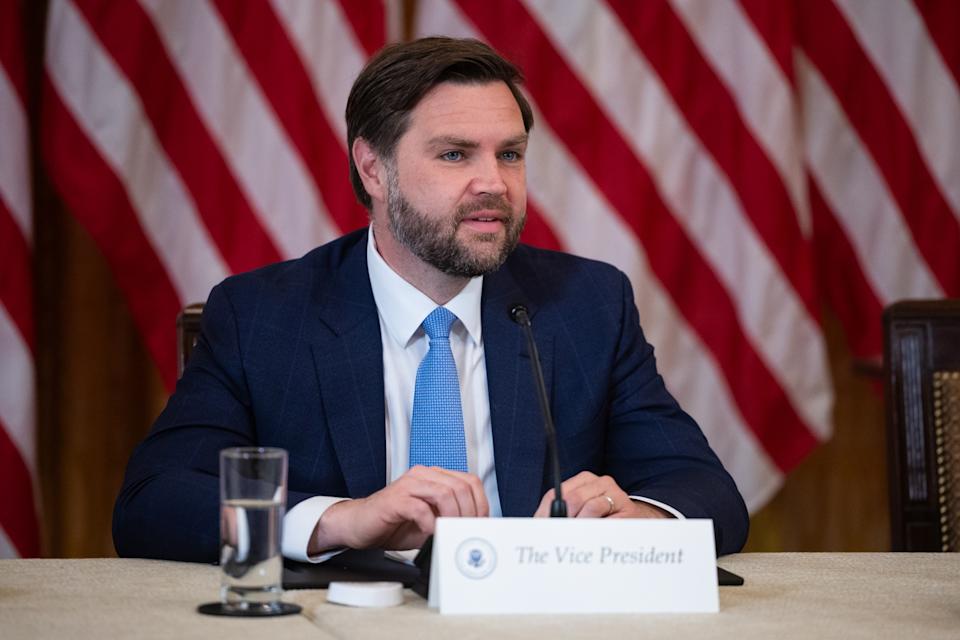
U.S. Vice President JD Vance issued a light-hearted but firm warning to international visitors planning to attend the 2026 FIFA World Cup, which will be co-hosted by the United States, Canada, and Mexico.
“We know we’ll have visitors, probably from close to a hundred countries. We want them to come. We want them to celebrate. We want them to enjoy the games,” said Vance during a press conference on Tuesday focused on the organization of upcoming major sporting events in the U.S.
“But when it’s over, they’ll have to go home,” he added.
Vance, speaking in a joking tone, also mentioned Homeland Security Secretary Kristi Noem, saying, “Otherwise, they’ll have to speak with Secretary Noem.”
The comment came during the first joint working session aimed at preparing for the 2026 World Cup, which will feature 48 national teams and take place across multiple cities in North America.
-
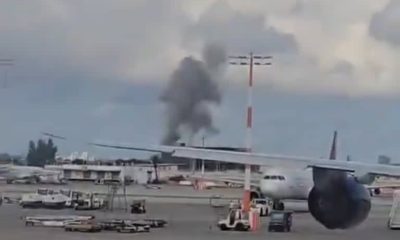
 International4 days ago
International4 days agoHouthis threaten israeli airports, urge airlines to cancel flights
-

 International4 days ago
International4 days agoAmerican Airlines sued after woman alleges sexual assault on flight
-
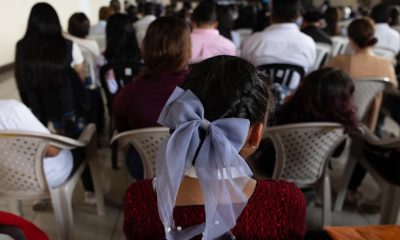
 Central America1 day ago
Central America1 day agoThousands of Guatemalan girls forced into motherhood due to sexual violence
-
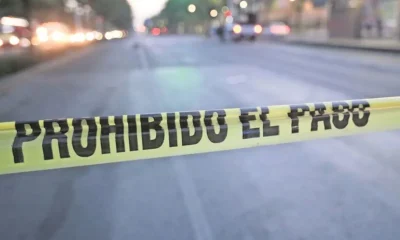
 International3 days ago
International3 days agoSinaloa Cartel faction leader ‘Chuy’ Guzmán Castro detained in Mexico amid rising violence
-
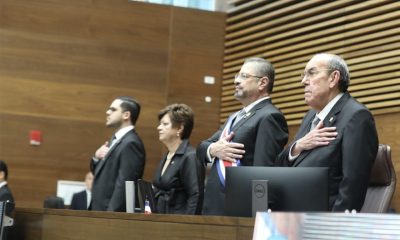
 Central America3 days ago
Central America3 days agoCosta Rica congressional leader warns of authoritarian drift under president Chaves
-
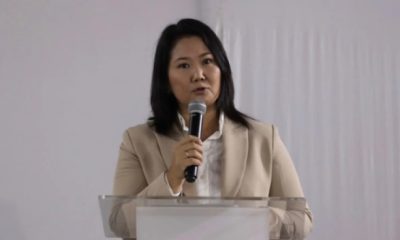
 International3 days ago
International3 days agoProsecutor José Domingo Pérez reinstated in Fujimori corruption case
-

 International3 days ago
International3 days agoSpain approves plan to reduce workweek to 37.5 hours
-
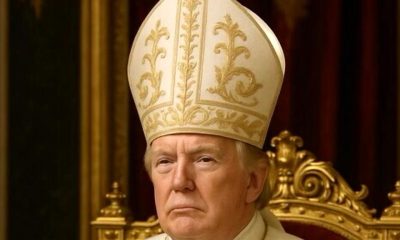
 International3 days ago
International3 days ago“Give me a break”: Trump defends AI image of himself as the Pope
-
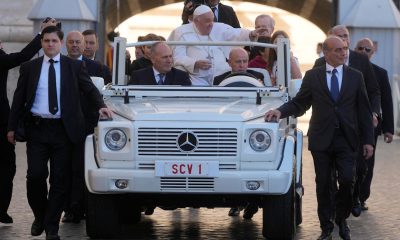
 Sin categoría3 days ago
Sin categoría3 days agoPope Francis donated Popemobile transformed into mobile clinic for Gaza’s children
-
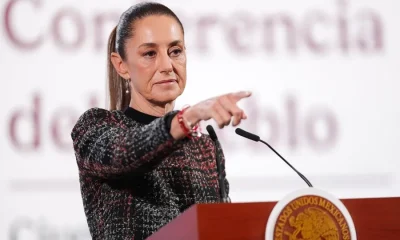
 International3 days ago
International3 days agoSheinbaum rejects U.S. military presence in Mexico’s war on drugs
-
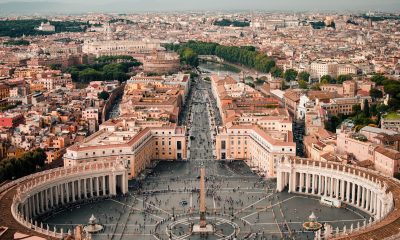
 International3 days ago
International3 days agoSins of the Vatican: Scandals, abuse, and a cardinal’s fall from grace
-
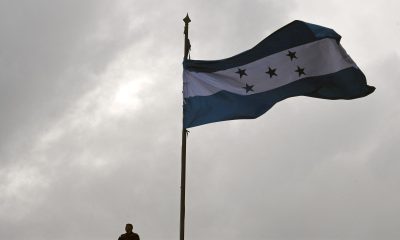
 Central America1 day ago
Central America1 day agoExperts urge action to protect democracy ahead of Honduras elections
-
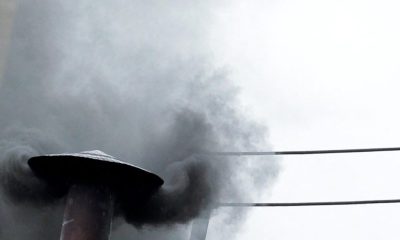
 International1 day ago
International1 day agoLong wait at the Vatican: experts defend lengthy papal election process
-
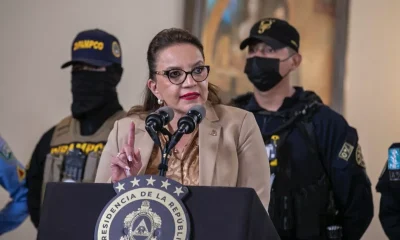
 International1 day ago
International1 day agoXiomara Castro’s government vows to protect citizens amid threat reports
-
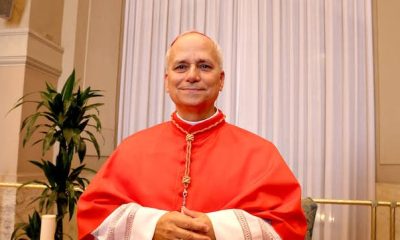
 Internacionales8 hours ago
Internacionales8 hours ago“A great honor for our country”: Trump congratulates Pope Leo XIV
-

 International8 hours ago
International8 hours agoBill Gates accuses Elon Musk of endangering the world’s poorest children
-

 International7 hours ago
International7 hours agoGates Foundation to close by 2045 as Bill Gates pledges to donate $200 Billion
-
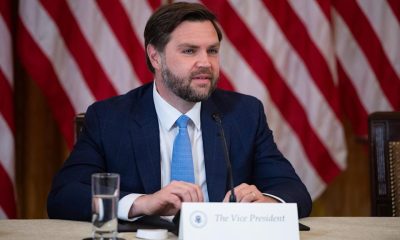
 International8 hours ago
International8 hours agoVP JD Vance to World Cup visitors: “Enjoy the game, then go home”
-
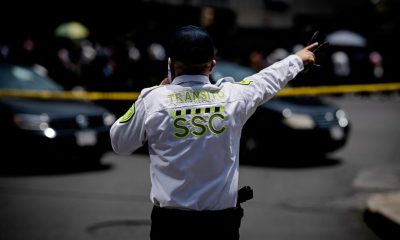
 International8 hours ago
International8 hours agoStrong winds cause stage collapse in Mexico City; seven hurt

















